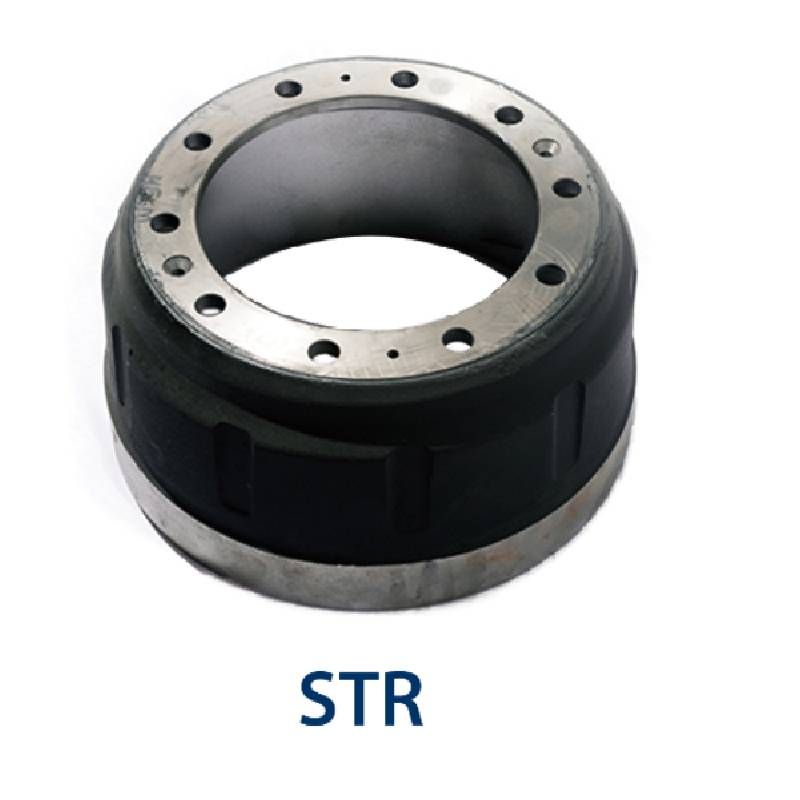Nov . 06, 2024 21:00 Back to list
Tips for Freeing Stuck Rear Brake Drums Easily and Effectively
Removing Stuck Rear Brake Drums A Step-by-Step Guide
Brake drums are an essential component of a vehicle’s braking system, especially in older models. Over time and under various weather conditions, they can become stuck due to corrosion, rust, or the expansion of brake shoes. If you find yourself needing to remove a stuck rear brake drum, this guide will walk you through the steps to do so safely and effectively.
Tools and Materials Needed
Before you begin, ensure you have the necessary tools and materials
- A jack and jack stands - A lug wrench - A brake drum puller or a hammer - Penetrating oil (like WD-40) - A rubber mallet - Gloves and safety goggles - A wire brush or sandpaper - Brake cleaner
Step 1 Safety First
Before starting any automotive repair, safety should be your primary concern. Park your vehicle on a flat surface and engage the parking brake. Wear gloves and safety goggles to protect yourself from debris and chemicals.
Step 2 Prepare the Vehicle
1. Loosen the Lug Nuts Use the lug wrench to loosen the lug nuts on the rear wheels while the vehicle is still on the ground. Do not remove them completely at this stage. 2. Raise the Vehicle Using the jack, lift the rear of the vehicle and secure it with jack stands to ensure it won’t fall while you work.
3. Remove the Wheels Once the car is securely lifted, finish removing the lug nuts and take off the wheels. This will expose the brake drum.
Step 3 Inspect the Brake Drum
Before attempting to remove the drum, take a moment to inspect it for damage or obvious signs of rust. If you see significant corrosion, applying penetrating oil can help.
Step 4 Apply Penetrating Oil
removing stuck rear brake drums

Spray the edges of the brake drum with penetrating oil. Let it sit for about 10-15 minutes to allow it to seep into any rusted areas. This can greatly assist in loosening any stubborn components.
Step 5 Remove the Brake Drum
Now, you’re ready to try removing the drum.
1. Tap the Drum Using a rubber mallet, gently tap around the circumference of the brake drum. This may help to break the bond created by rust or corrosion.
2. Use a Brake Drum Puller If tapping does not work, consider using a brake drum puller. This tool is designed to evenly apply pressure on the drum, thereby pulling it off. Follow the manufacturer’s instructions for the tool if you are unfamiliar with it.
3. Check for Adjustment In some cases, the brake shoes may be adjusted too tightly against the drum. If you can access the adjuster, turn it counter-clockwise to loosen the shoes.
4. Hitting Technique If the drum still refuses to budge after using penetrating oil and applying a puller, you may resort to striking the drum directly using a hammer. Be careful with this approach, as excessive force can cause damage.
Step 6 Clean and Inspect
Once the drum is removed, take the time to clean the internal components with a wire brush or sandpaper to remove rust and debris. Spray brake cleaner can help ensure everything is free from dust and grime.
Step 7 Reinstallation
Before reinstalling the brake drum, make sure to inspect the brake shoes for wear and replace them if necessary. Once everything is clean, align the drum back onto the hub, making sure it spins freely. Reattach the wheels, lower the vehicle, and tighten the lug nuts to specifications.
Conclusion
Removing a stuck rear brake drum can be a challenging task, but with the right tools and a bit of persistence, you can successfully complete the job. Always remember to prioritize safety and take your time. Regular maintenance of your brakes will help prevent such issues in the future, ensuring your vehicle operates smoothly and safely. Whether you’re a seasoned mechanic or a beginner, this step-by-step guide provides a clear path to tackle the task of removing stubborn brake drums. Happy wrenching!
-
HINO Industrial Solutions - ¡Ң���ຽ��е��������˾ | Advanced Efficiency&Customization
NewsJul.13,2025
-
HINO Industrial Efficiency Solutions - ¡Ң���ຽ��е��������˾
NewsJul.13,2025
-
HINO Industrial Solutions - ¡Ң���ຽ��е��������˾ | Advanced Technology&Reliability
NewsJul.13,2025
-
HINO Industrial Efficiency-Jiangsu Hino Industrial|Productivity Optimization&Cost Reduction
NewsJul.12,2025
-
HINO-¡Ң���ຽ��е��������˾|Advanced Industrial Solutions&Energy Efficiency
NewsJul.12,2025
-
Premium Brake Drum Iveco – Durable Drum Brake Drum & Brake Shoe Solutions
NewsJul.08,2025
